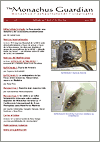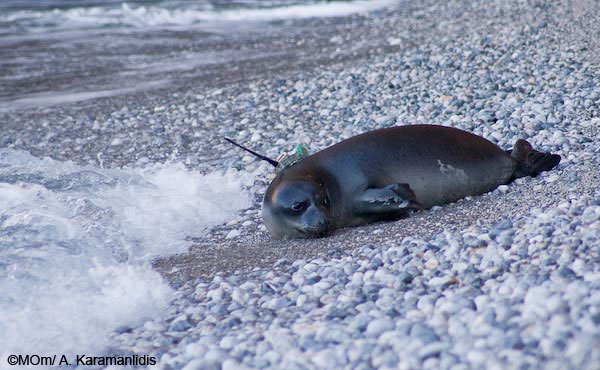Press Watch, Hürriyet Daily News, April 12, 2010
 Badem, probably the most famous Mediterranean Monk Seal, is back in Turkey after taking herself on a tour of the Greek island of Rhodes during the winter months. […]
Badem, probably the most famous Mediterranean Monk Seal, is back in Turkey after taking herself on a tour of the Greek island of Rhodes during the winter months. […]
The problem is that Badem is far too happy to be with humans and likes nothing better than to take a break by jumping into a dinghy for forty winks.
This all sounds very delightful, and sure enough, last month she was found in a dinghy near Marmaris, recuperating from her long swim from Rhodes back to Turkey where she likes to spend the summer months.
According to Zafer Kızılkaya, a representative of SAD/AFAG, “she was resting in a dinghy, but it seems some people took advantage of this, and we received reports that some people were kicking her and throwing stones at her. Unfortunately the attitude of many Turkish people is that, when they see an animal like Badem, they want to play with her, but really it’s more like torture. This is quite intolerable.”
Continue reading “Mediterranean seal Badem chooses to avoid tourist season”

 Thanks to the support of the Government of the Balearic Islands, Spain, the June 2009 issue of The Monachus Guardian has now been published in Spanish. (Publication of the November 2009 issue will follow shortly.)
Thanks to the support of the Government of the Balearic Islands, Spain, the June 2009 issue of The Monachus Guardian has now been published in Spanish. (Publication of the November 2009 issue will follow shortly.)

